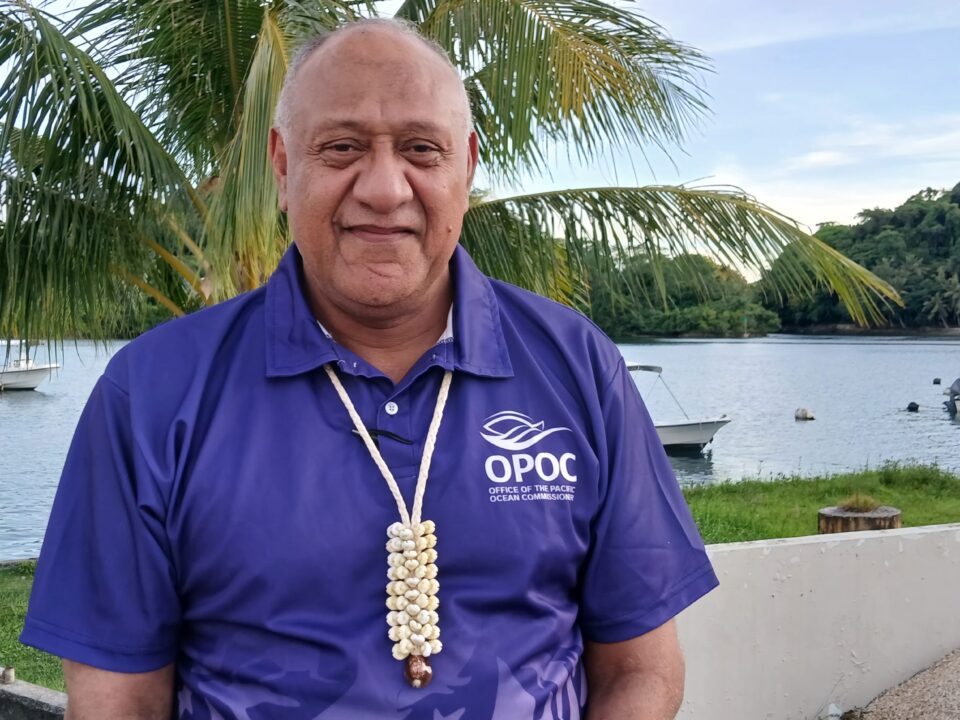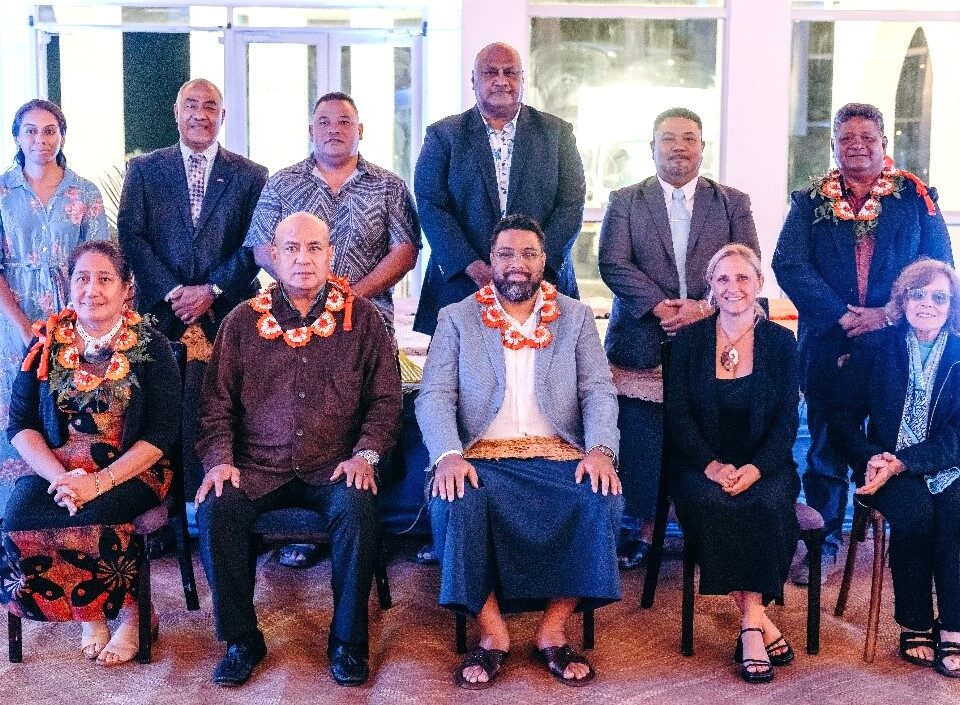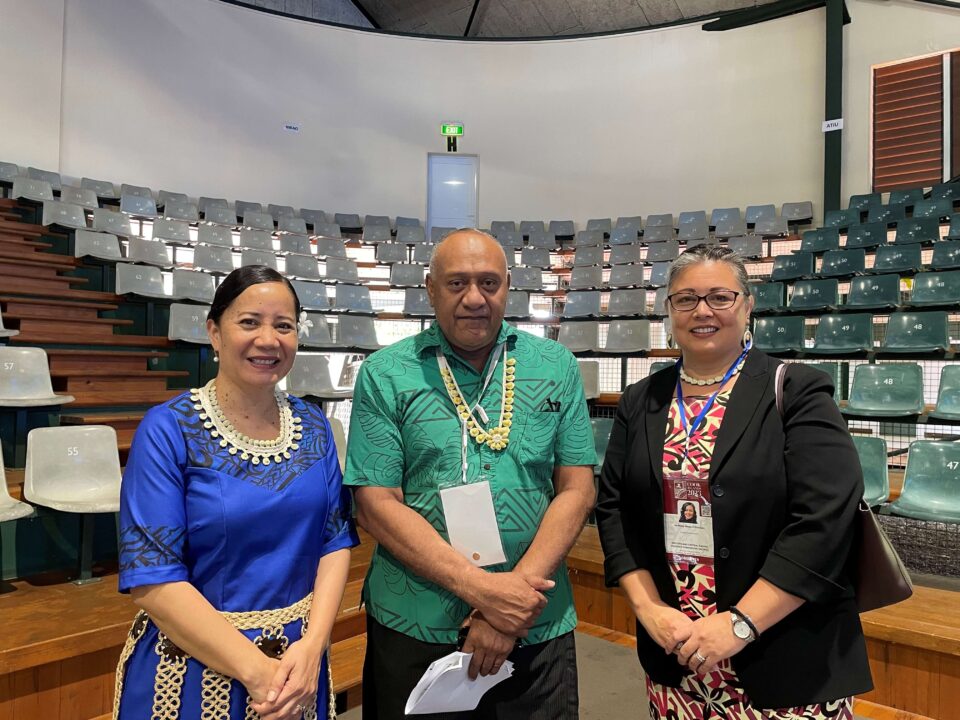
The Republic of Palau, one of the State Parties negotiating a new legally binding High Seas treaty wants to ensure protection measures are in place to safeguard its marine biodiversity in areas beyond its national jurisdiction (BBNJ).
The position was highlighted by one of Palau’s negotiators, Landisang Kotaro at the BBNJ IGC3 meeting underway at the United Nations in New York.
“Palau is a global champion for environmental and ocean protection. This negotiation for a global treaty is especially important to Palau because among other things, we recognise and place great importance on the ecological connectivity of our oceans.
“As such, Palau is interested especially in the protection measures that will be put in place in this treaty to ensure protection of marine biological diversity in areas beyond national jurisdiction and that activities undertaken do not undermine efforts in areas within national jurisdiction, Kotaro told PACNEWS.
Last week, Landisang chaired a side event on the margins of BBNJ IGC3, sharing her country’s experiences on fostering partnerships and co-operation with states and partners.
“At this side event, we showcased the cooperation between Palau and Japan, specifically with the Ocean Policy Research Institute (OPRI) of the Sasakawa Peace Foundation. Palau’s oceans management effort has been only on near shore and coastal areas and slowly moving outward.
“Palau has partnered with OPRI to expand oceans management efforts especially in light of implementing the Palau National Marine Sanctuary Act, said Kotaro.
Another key partnership that Palau has developed is with UN Convention on Biological Diversity (CBD) for the declaration of the Kyushu-Palau Ridge as an ecologically or biologically significant areas (EBSAs).
The Kyushu-Palau Ridge is an ocean floor which comprises a chain of many extinct volcanoes, mostly above sea-level. According to the CBD Secretariat, 213 species of fish have been found in this area, 14 of which were new to science. This areas was found to be the spawning ground of the white spotted conger eel.
It is about 3,000 kilometres long and starts from Kyushu Island in Japan and extends to near the island of Palau in the north Pacific. The chain is within the exclusive economic zone of Japan, but part of this area is beyond the national jurisdiction of Japan.
An EBSA can be found in national waters, span territorial boundaries, lie partially or wholly within areas beyond national jurisdiction, and can even overlap each other.
PACNEWS coverage of the BBNJ IGC 3 in New York is made possible with funding support from the New Zealand Government through the Office of the Pacific Ocean Commissioner (OPOC).
Published: PACNEWS



